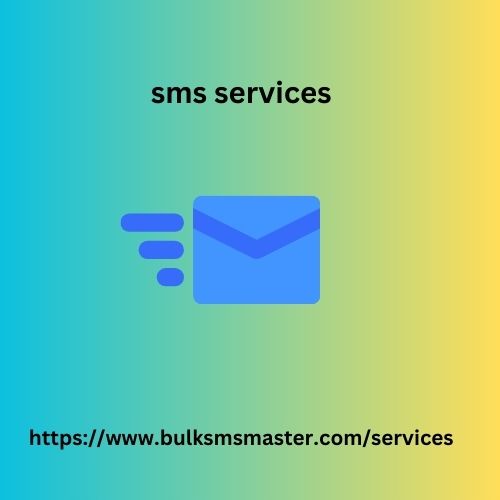Different form types are essential tools for any online business. They bridge the gap between brand and user, enabling visitors to share feedback, make inquiries, or initiate transactions. However, designing a form that is both attractive sms services and useful is no easy task. Well-designed forms not only collect data, but also build trust, enhance user experience, and boost conversions. This guide explores the essential dos and don’ts of website forms to help you create an intuitive and effective user experience.
Key Elements of High Converting Forms
Creating a successful website form involves more than just collecting information. From simplicity to mobile responsiveness, every element plays a role in guiding users through the form. Here are the essential elements that make a form effective:
- Simple : Keep your form simple and to the point, and limit the number of fields. The fewer distractions there are, the easier it will be for users to fill out.
- Make the purpose clear : Make sure users understand the purpose of the form before they begin. This can be done through a title or a brief description that clearly states whether they want to sign up, ask a question, or join a waitlist.
- Field Limitation : Ask only necessary information. Limiting form fields helps reduce friction and encourage more users to fill out the form.
- Strong Call to Action (CTA) : A compelling call to action such as “Let’s connect” or “Get a free quote” can motivate users to click the submit button.
- Error handling : Incorporate inline validation and clear error messages so that users can easily understand and correct errors.
- Mobile responsiveness : Since a large number of users access websites through mobile devices, make sure your contact form works seamlessly on all devices.
See also: 12 Different Types of Forms to Boost Engagement
Best Practices for Creating High-Converting Contact Forms
To design tuesday creative travel flash mob ideassaudi data forms that are engaging and convert, it’s important to follow best practices. Here are the dos and don’ts for website forms to guide you in creating forms that encourage completion and enhance the user experience.
1. Prioritize mobile responsiveness
This is done by:
- Optimize for touch : Make sure form fields and buttons are large enough to be easily tapped on mobile devices.
- Test on a variety of devices : Preview and test your forms on iOS and Android devices to ensure consistent performance.
- Use AutoFill : Enable the AutoFill feature so users can quickly fill in contact information without having to retype it.
Note:
- Don’t assume they all look the same : Avoid designs that are meant only for desktop, as they may look cluttered or unusable on mobile devices.
- Don’t force zoom : Make sure users don’t have to zoom in to tap a field or button — this can be frustrating for mobile users.
- Don’t neglect vertical scrolling : If your form is long, use collapsing fields or pagination steps to avoid endless scrolling for mobile users.
2. Use a clear and compelling CTA
This is done by:
- Be action-oriented : Use actionable phrases like “Send a message,” “Get started,” or “Contact us now” to encourage users to take action.
- Make it visible : Use contrasting colors for your CTA button to make it stand out on the page and grab the user’s attention.
- Provide assurance : Add text below your CTA, such as “We’ll get back to you within 24 hours,” to manage expectations.
Note:
- Don’t use generic words : Avoid using unappealing phrases like “Submit” or “Click Here.”
- Don’t use too many buttons : Limit the buttons on your CTA form to prevent users from getting confused or indecisive.
- Don’t be too small : Make sure your CTA button is large enough to be clickable on both desktop and mobile devices.
3. Limit the number of fields
This is done by:
- Ask for only the essentials : Limit fields to the basics (like name, email, and message) to simplify the user experience .
- Consider conditional logic : Use conditional fields that display additional questions based on the initial response to keep your form simple for most users.
- Group similar fields : If you need multiple fields, group them logically (e.g., group contact details together) to improve readability.
Note:
- Don’t ask irrelevant questions : Avoid adding fields that are not directly related to the purpose of the form.
- There’s no need to use multiple pages : single-page forms are generally more user-friendly and prevent users from abandoning the process.
- Don’t create too many required fields : Make only necessary fields mandatory; too many required fields may increase abandonment rates.
4. Add inline validation
This is done by:
- Provide instant feedback : Show real-time customer experience to help users spot errors immediately when filling out forms.
- Use clear error messages : Instead of using vague messages like “Invalid input,” use detailed information to explain the error, such as “Emails must be in the format [email protected] .”
- Highlight corrected fields : Use a subtle green check mark or similar indicator to show users whether their entry is correct.
Note:
- Don’t show all errors on submit : Avoid waiting until the user submits the form to show all errors – this can be overwhelming.
- Don’t use irritating colors : Red error messages are fine, but avoid blinking or flashing messages that might annoy your users.
- Don’t make corrections difficult : Make sure line data users can easily go back and fix incorrect fields without having to re-enter the data elsewhere.
5. Ensure data privacy and security
This is done by:
- Add privacy notices : Tell users that their data is safe, such as “Your information is safe with us.”
- Use SSL encryption : Implement SSL to protect sensitive information, especially when collecting data such as email or phone numbers.
- Include an opt-in checkbox : For compliance and transparency, add a checkbox to allow users to opt-in to data sharing, if applicable.

